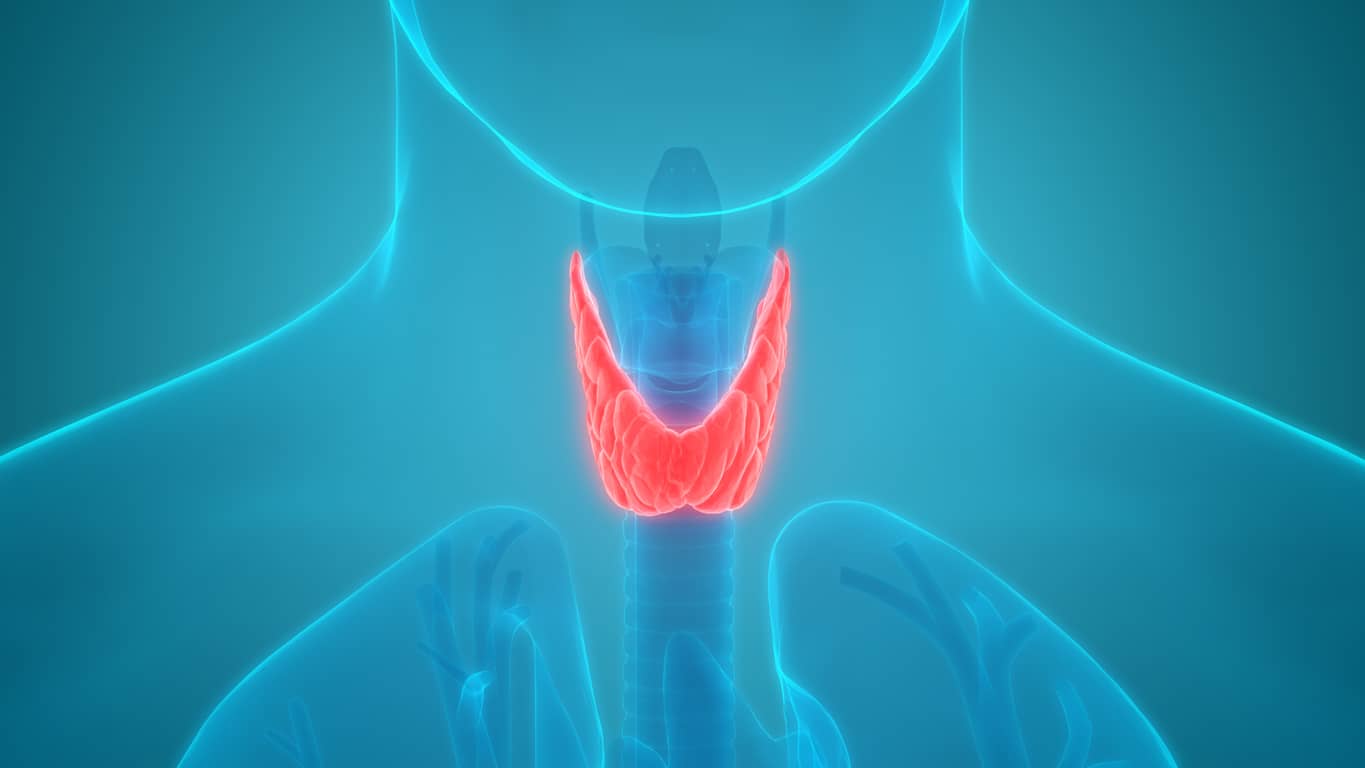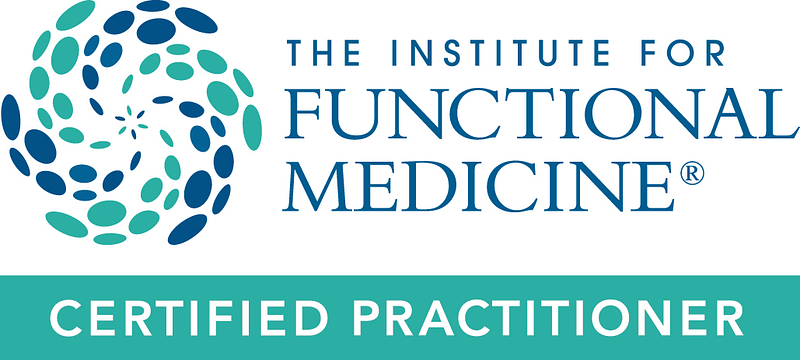Who would have imagined that a seemingly passive slab of belly fat could turn on its accommodating host by deploying sophisticated biochemical weapons that undermine health?
Though this “Attack of the Killer Fat” sounds like the title of a low budget movie, understanding the concept may go a long way toward removing the stigma of a presumed deficit in motivation or character so often directed at obese individuals by leaner, although under-informed, people.
The vital role of fat in assuring survival of the species results in the body’s no-holds-barred tactics that are a formidable opponent for any strategy (e.g., a very low calorie diet) which opposes it, resulting in the body’s survival switch, in effect, becoming stuck in the “on” position, perpetuating a vicious cycle designed to maintain fat stores at all costs.
Researchers have found that adipocytes (fat cells) are part of a living, sophisticated organ (fat) that secretes powerful hormone-like chemicals which determine how we feel and function. Fat has important work to do . . . and it never sleeps.
Chemical signals are broadcast from their fatty bunker and enter the general circulation where they influence immune function, mood, energy production, appetite, reproduction and, in particular, inflammatory responses that can result in pain and chronic illness.
These chemical signals are emitted by fat cells and macrophages. Macrophages are specialized white blood cells that reside in tissues where they perform their job of walling off and cleaning up debris from infection, injury, and toxicity. They surround and “eat” the offending threat, secrete potent chemicals to destroy it, and promote healing. In addition to these life-sustaining, beneficial tasks, macrophages are also involved in harmful inflammatory processes when their response to injury or infection becomes out of proportion to the threat.
Macrophages are probably most notorious for their presence in plaque, that ticking time bomb in the walls of arteries. When the thin cap over plaque ruptures and the plaque spills into a coronary artery, macrophages in the plaque spew their inflammatory brew of chemicals into the blood stream causing a clot to form, resulting in a heart attack. (Heart disease is more accurately depicted by a model of inflammation than by the simplistic model of sludge accumulating in a pipe.-Ed.)
Inflammatory chemicals secreted by macrophages in fat may explain the well-known association of obesity with many diseases-hardening of the arteries, Type II diabetes, arthritis, high blood pressure, and most cancers.
Among the many chemicals secreted by fat cells and macrophages is the beneficial adiponectin, which enhances metabolism and burns fat. Adiponectin levels fall as obesity increases. Cytokines are another example of chemicals released by fat that increase the likelihood of clot formation, heart disease, insulin resistance, cancer, and other inflammatory states. Cytokine levels rise as obesity increases.
The study of obese mice by researchers at Columbia University determined that the fat of leaner mice contains only a few macrophages, while the fat of extremely obese mice is composed of a remarkable 40 to 50 percent macrophages. Researchers theorize that as obesity increases, overstuffed fat cells can burst, requiring even more macrophages to clean up the debris.
Pharmaceutical companies will likely be tripping over themselves to develop the first miracle drug on the block that targets and stops the inflammatory consequences associated with obesity. But, don’t rush to be first in line at the pharmacy counter for these new drugs.
Because inflammation is essential to a healthy immune response, any drug that interferes with it will most certainly have undesirable side effects.
Vioxx, the anti-inflammatory drug recently pulled off the market because of the increase of heart attacks and strokes in its users, not only intervened with the adverse effects of inflammation (resulting in pain relief), but also interfered with the critical immune-protective functions of macrophages (resulting in side effects).
The spare tire that hangs over the belts of 15 million obese Americans is a particularly obvious sign that predicts increased risk for inflammatory illnesses. However, even lean people can have visceral fat, the dangerous fat hidden in and around the abdominal organs that is associated with risk of heart disease and other inflammatory diseases.
What is the relevance of all this in the life of an obese person? While some obese people have no obvious health problems, many others have a variety of inflammatory disorders that occur as a direct result of being fat, leaving them stuck in a vicious cycle of obesity, poor health, and a quality of life that defies the expression “fat and happy.”
Can obese people with inflammatory disease regain their health? Since being fat results in inflammation, it is only fair that losing that same fat results in reduced inflammation.
However, it is no longer considered adequate to treat obesity with a simplistic “calories in, calories out” approach. Because we are each biochemically unique, no one diet will fit all. A focus including nutrient-dense foods (such as fish and colored vegetables) and excluding nutrient-deficient foods (such as sodas, processed foods, and sugar) forms the foundation of various successful diets.
Two simple blood tests that measure inflammation (hsCRP and fibrinogen) can help identify and monitor those at risk from obesity-driven inflammation. Researchers have found that these inflammatory markers decrease with reduction of body weight and waist girth attained by exercise and dietary changes.













